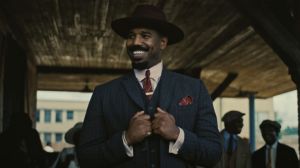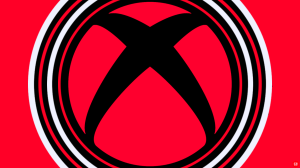The debut season of The Mandalorian surprised audiences not only with the narrative reveals it brought to the galaxy far, far away, but with the production capturing an unexpected scope and scale for a TV series, with the sophomore season amplifying all of these elements to a new level, with Industrial Light & Magic showcasing their VFX efforts in the above featurette. While this featurette might shed light on the season premiere’s krayt dragon sequence and some of the season’s more compelling action scenes, it doesn’t delve into how a de-aged Mark Hamill managed to appear in the season finale as Luke Skywalker.
Videos by ComicBook.com
“Visual effects work on The Mandalorian was completed in all five of ILM’s studios (San Francisco, Singapore, Vancouver, London, and Sydney) as well as a contingent of other vendors under ILM’s supervision,” ILM detailed about their work on the series. “The season’s eight episodes encompassed nearly 5,000 visual effects shots in addition to all of ILM’s real-time effects work done for use during principal photography. The effects team leveraged virtually every trick in the book, from miniatures and motion control to traditional puppeteering, advanced animatronics, spectacular special effects, and photo-real CG. Here’s a sampling of ILM’s post visual effects work done for the series that garnered ILM 13 Visual Effects Society Award nominations.”
This behind-the-scenes reel helps demonstrate just how much work went into bringing the galaxy far, far away to life, conveying not only all-new elements of the franchise but also revisiting familiar creatures and locations.
While we’re still largely left to wonder about that Luke Skywalker cameo, visual effects supervisor Hal Hickel recently detailed how integral to the cameo Mark Hamill’s involvement was.
“That particular aspect of the effects of Season 2 is probably the thing I can talk about the least,” Hickel shared with The Resistance Broadcast. “But I will say this. One, it was always important for everyone involved to have Mark involved. So it’s not just like, ‘Well, we are recasting and we’ll deep-fake over him.’ Mark had to be involved with crafting the performance and he was. He was there on set when the scene was shot… he was totally involved all the way through.”
He continued, “Also, Peyton Reed, who directed the episode, he’d done some previous de-aging work with Michael Douglas in Ant-Man, so he had worked with some folks in the process and everything for that, so that played a part into what we were doing and how we did that work. And it was part of the decision-making progress. Richard Bluff, who is the overall visual effects supervisor on The Mandalorian and myself, we were both very much involved in giving feedback on the work and presenting it to Jon [Favreau], and Peyton, and Dave [Filoni]. So those were the primary drivers on the work, Peyton’s experience with Ant-Man and Mark had to be involved.“
Season 3 of The Mandalorian is expected to debut on Disney+ later this year.
What was your favorite effect in Season 2? Let us know in the comments below or contact Patrick Cavanaugh directly on Twitter to talk all things Star Wars and horror!









